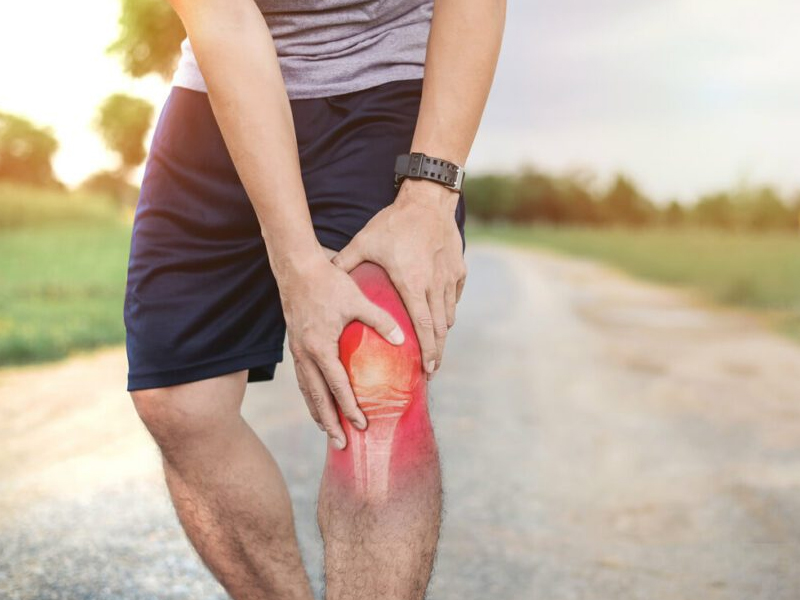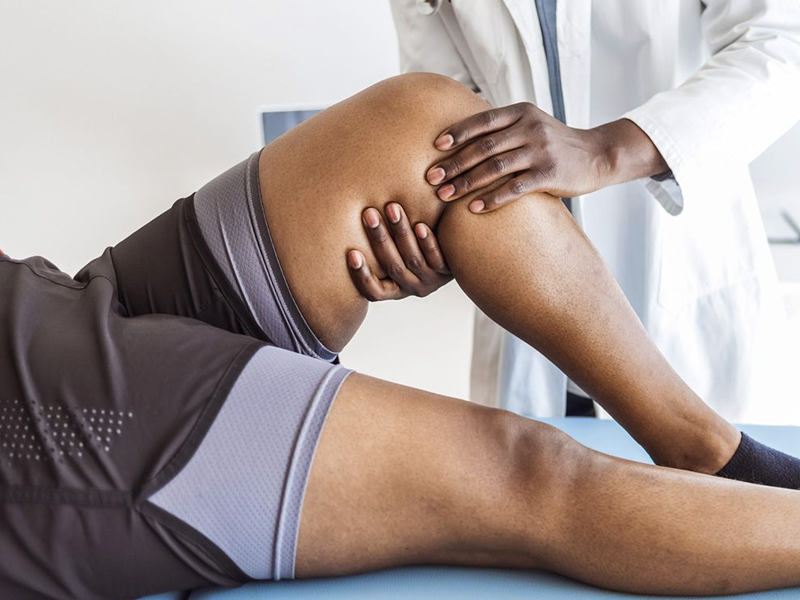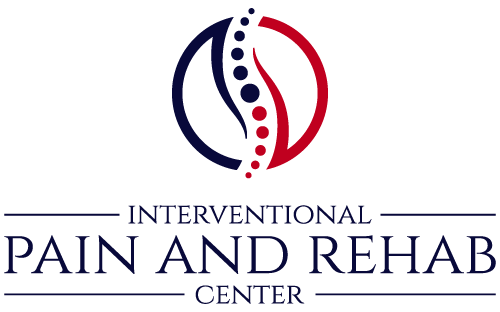Knee Pain
Appointment
Fill Out The Form Below
Working Hour
- 8 AM - 5 PM
- 8 AM - 5 PM
- 8 AM - 5 PM
- 8 AM - 5 PM
- 8 AM - 5 PM
- Closed
- Closed

Knee Pain
Your knee is the joint that connects three bones in the middle of your leg:
- Femur (thigh bone)
- Tibia (shin bone)
- Fibula (outer lower leg bone)
It moves forward and backward like a hinge, enabling your leg to move. Your leg can rotate since the knee can also twist inside and outward. Various additional structures around the knee are needed to support this complex movement:
- Tendons connect the muscles above and below the knee, enabling the joint to flex, extend, and rotate the leg.
- Sturdy connective tissue gives the joint flexibility and stability.
- Bursae, four little fluid-filled sacs that surround the front of the knee, act as cushions and shield the joint, tendons, and ligaments from strain or injury.
- The area’s blood vessels guarantee that there is always enough blood available for movement.
- Nerves transmit signals that enable the movement you want to happen.
With so many intricate structures collaborating to maintain your knee’s optimal function, injuries can happen in a variety of ways. Elbow pain may arise if any of these structures are damaged or wear down.
Typical Reasons for Knee Pain
Knee pain can have a variety of causes. In order to guarantee that you receive the best possible therapy for your ailment, a correct diagnosis is essential.
One-Time Accidents
Sometimes an injury related to a single incident is the source of knee discomfort. Among them are:
- Fractures: An abrupt force to the femur or pelvis may result in a break at the joint. This most frequently happens in major falls and auto accidents. Patients who are elderly are particularly vulnerable to hip fractures from falls.
- Dislocations: When the femur is forced out of its socket, the result is a dislocated hip. Serious falls and car accidents also result in this injury. It may dislocate forward or backward, causing injury to the nearby muscles and ligaments.
- Sprains and strains: A sprain is caused by stretched or torn muscles or ligaments. These injuries happen when your muscles and ligaments are overworked, which happens frequently when lifting large objects, playing sports, or experiencing the previously mentioned dislocation.

Wear and Tear Damage
Your hip may experience considerable wear and tear from repetitive actions. These can be quite painful injuries that frequently result from sports or work conditions. Typical instances of injuries caused by repetitive movements include:
- Bursitis: As a result of repeated motions, the bursa that cushions your hip may fill with fluid and swell, resulting in redness and discomfort. Trauma to the hip joint may potentially injure it. At the outside of the leg-hip junction, this hurts.
- Tendonitis: Excessive use of your hip tendons can lead to injury and excruciating tendon inflammation. The most prevalent is hip flexor tendonitis, which is painful when the leg is extended or flexed and is frequently observed in runners.
Repeated motions involving flexion and extension, particularly when carrying extra weight, like lunging or squatting, can also cause repeated use injuries. These movements may irritate the joint and harm it, making the discomfort worse.
Nerve Injuries
It is rare to sustain damage to the nerves in the knee. The primary nerve damage in the knee joint consists of:
- Nerve Pain: Nerve compression is typically the root cause of this problem. The condition is frequently accompanied with burning, tingling, or numbness down the buttock, which may also spread to the foot and leg. In extreme circumstances, leg weakness could occur.
- Piriformis Syndrome: This condition is linked to a congenital anatomical defect in which the sciatic nerve passes through rather than behind the piriformis muscle fibers. This may aggravate the nerve, resulting in discomfort in the hips, buttocks, and even down the affected leg. Hip and buttock pain may result from a piriformis muscle spasm.
Arthritic
Inflammation of the knee joint can lead to arthritis, which worsens with time and causes pain and stiffness. The following are the most typical forms of arthritis affecting the knee:
- Rheumatoid arthritis: This painful and swollen condition is brought on by your immune system attacking your hip joint.
- Osteoarthritis: This condition occurs when your hip’s cartilage degrades and the bones start to rub against one another. Pain and stiffness are the effects of osteoarthritis.
Treatment for Knee Pain
Whenever feasible, we at the IPRC advise conservative therapies. The course of treatment for your knee discomfort may vary depending on what’s causing it.
- Physical therapy aims to increase range of motion, reduce pain, and treat any underlying musculoskeletal issues that may be causing your elbow pain.
- Short-term symptom relief can be achieved with anti-inflammatory drugs and muscle relaxants, which will facilitate your participation in physical therapy.
- Injections might bring you the desired long-term symptom alleviation if medicine and physical therapy alone aren’t adequate to relieve your problems. Using imaging guidance, our doctors will try to determine the most likely source of discomfort and inject medication into that location.
- Stem cell therapies and platelet rich plasma (PRP) are examples of regenerative medicine therapy.
- Tenex is used to administer percutaneous needle fasciotomy therapy, which is frequently successful in treating tendonitis.
Surgery can be required if these conservative measures are insufficient to relieve the patient’s symptoms. Before your surgical consultation, our staff will conduct all necessary diagnostic testing to pinpoint the exact source and location of your discomfort. Your surgeon will be able to arrange your procedure with the help of these diagnostic tests.
Regaining a Life Free of Pain
Persistent knee pain can seriously lower your quality of life by making it difficult to carry out your favorite activities and regular daily duties. Thankfully, this agony is no longer something you have to endure. We provide the most cutting-edge therapies at the Denver Spine and discomfort Institute to relieve your elbow discomfort and get you back to enjoying life.
- A comprehensive range of services, including doctors, physical therapy, massage, counseling on diet and lifestyle, behavioral health, research, and state-of-the-art treatment alternatives
- Forming healing and caring connections that cater to your individual needs
- Talking through your options and giving you the direction you require from a committed healthcare partner
- Assembling a knowledgeable group to manage your care program
